Introduction
Children represent the future, and the responsibility lies in crafting environments that support their growth and well-being. In the fields of urban planning and landscape architecture, the focus on designing outdoor play spaces for children has steadily increased. These spaces function not only as arenas for enjoyment and recreation but also as vital contributors to the physical and mental development of children.
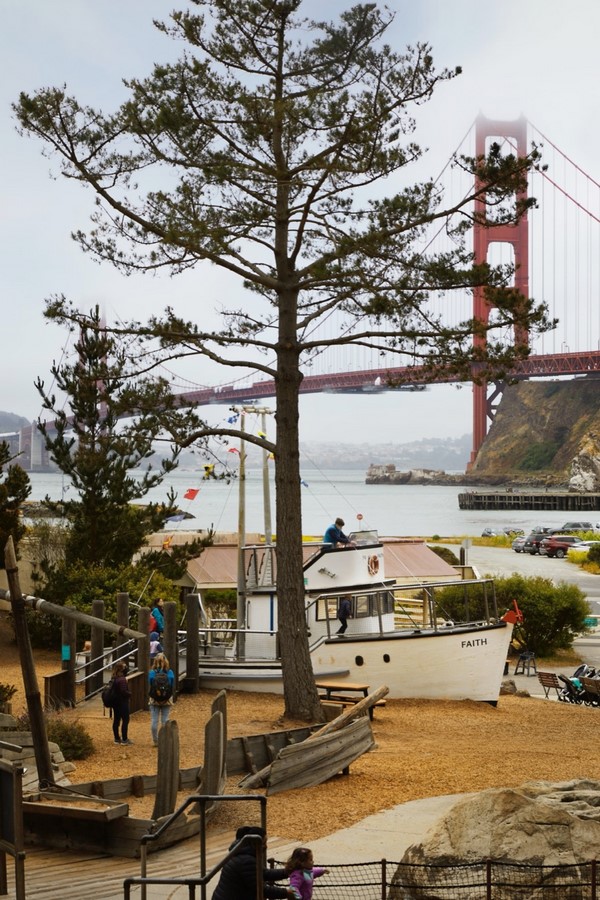
Understanding Children’s Preferences
In the quest to create engaging outdoor play spaces for children, it is essential to comprehend their preferences. Children’s likes and dislikes can vary, but certain elements tend to resonate universally. White and Stoecklin (1998) identified key features that children often enjoy in public areas:
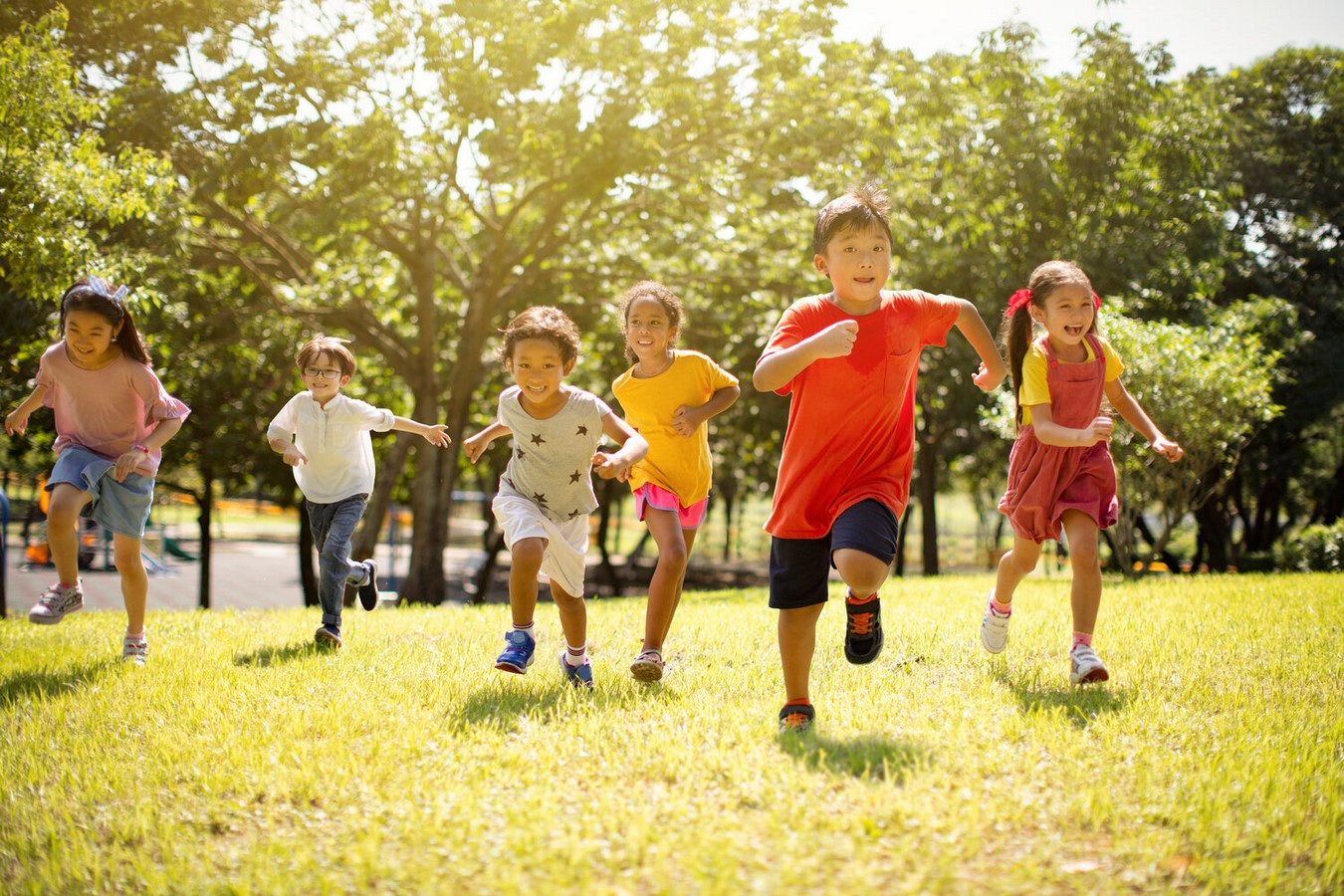
Water: When there are water features like fountains, ponds, or streams, it grabs children’s attention and provides chances for play and exploration.
Vegetation: Abundant greenery, encompassing trees, shrubs, flowers, and tall grass, establishes a welcoming and natural environment for children to investigate.
Animals: Creatures living in ponds, bird feeders, or even sculptures of animals add an exciting dimension to play areas, fostering a connection with nature.
Sand and Water: Combining sand and water provides children with tactile and sensory experiences, allowing them to build, dig, and experiment.
Natural Colors and Diversity: Incorporating a variety of colors and ever-changing natural elements captures children’s attention and stimulates their senses.
Sheltered Spaces: Play spaces should offer places for children to sit under, in, and on, providing shelter from the elements and opportunities for imaginative play.
Hidden and Private Areas: Children appreciate spaces that offer secrecy and privacy, allowing them to create their worlds.
Replaceable Structures and Equipment: Interchangeable structures and materials encourage children to use their imagination and invent new games.
These features, while not exhaustive, provide valuable insights into what children generally enjoy in outdoor play areas. Understanding these preferences is crucial when designing spaces that cater to their needs.
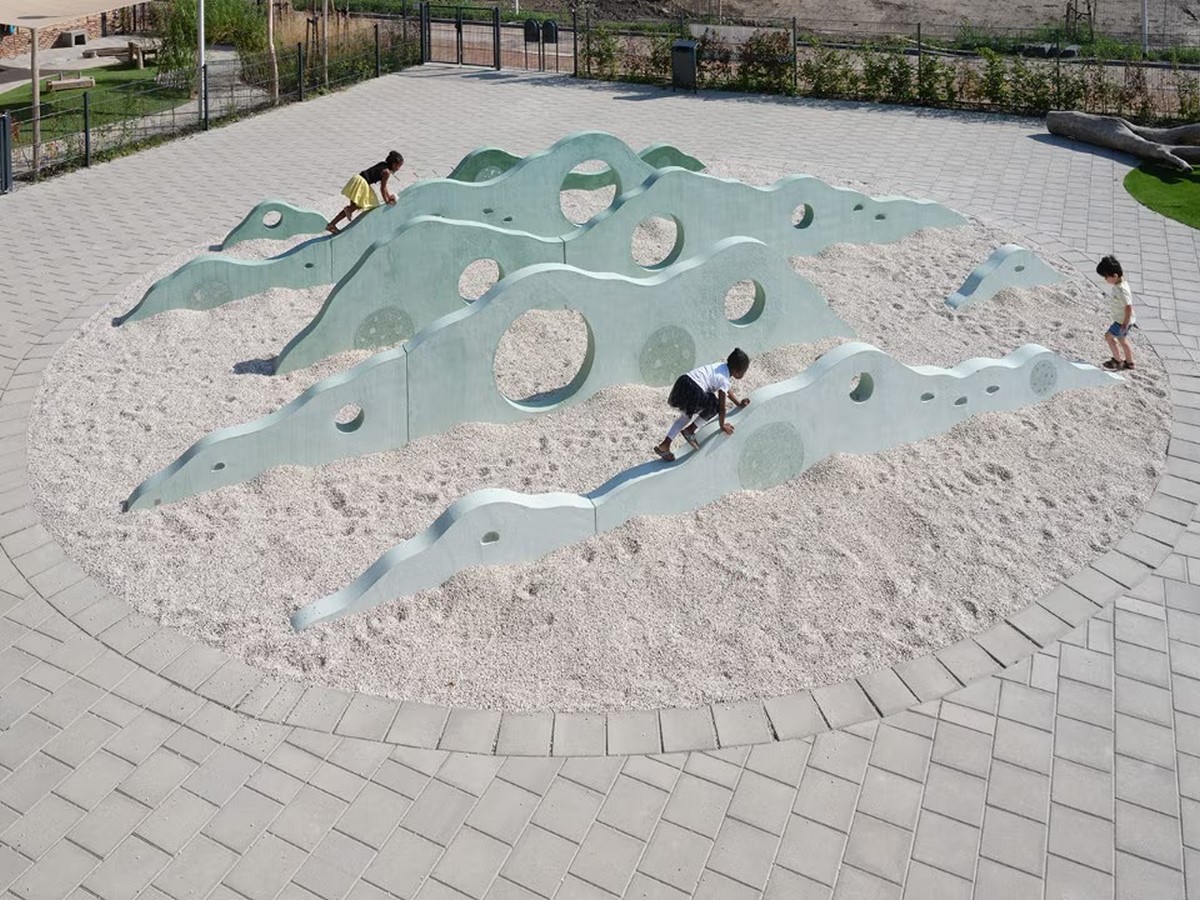
Children’s Participation in the Design Process
Participation is a cornerstone of democracy, giving individuals the right to have a say in decisions that affect them. This principle extends to children, and meaningful participation in the design of open spaces is no exception. Driskell (2002) outlines key principles for meaningful participation, including local, transparent, inclusive, interactive, responsive, relevant, educational, reflective, transformative, sustainable, personal, and voluntary aspects.
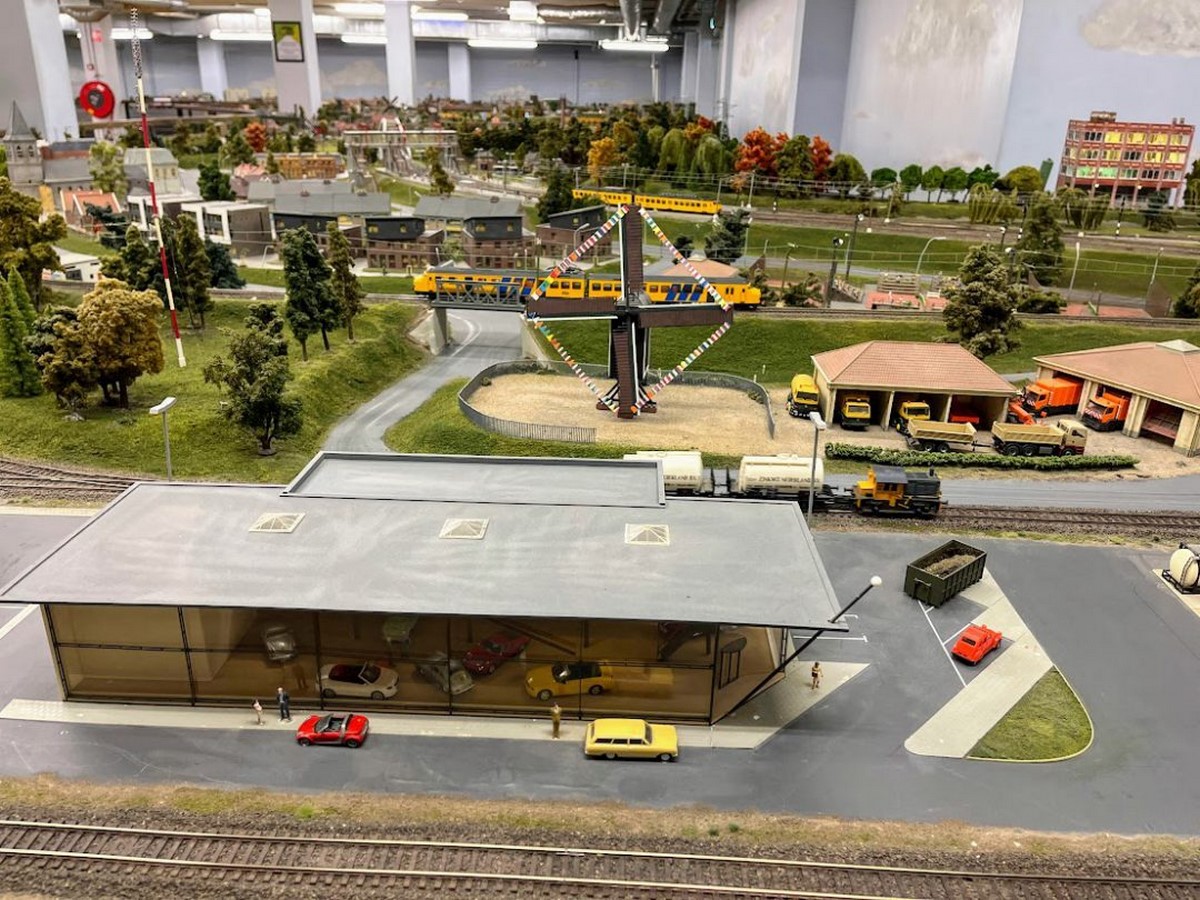
In the context of outdoor play space design, involving children in the decision-making process offers advantages to both designers and practitioners. By actively engaging children, their unique needs and preferences can be addressed, leading to a sense of ownership and protective attitudes toward these spaces. The “Local Agenda 21” action plan, introduced during the United Nations Conference on Environment and Development in 1992, strongly supports children’s involvement in local environment planning.
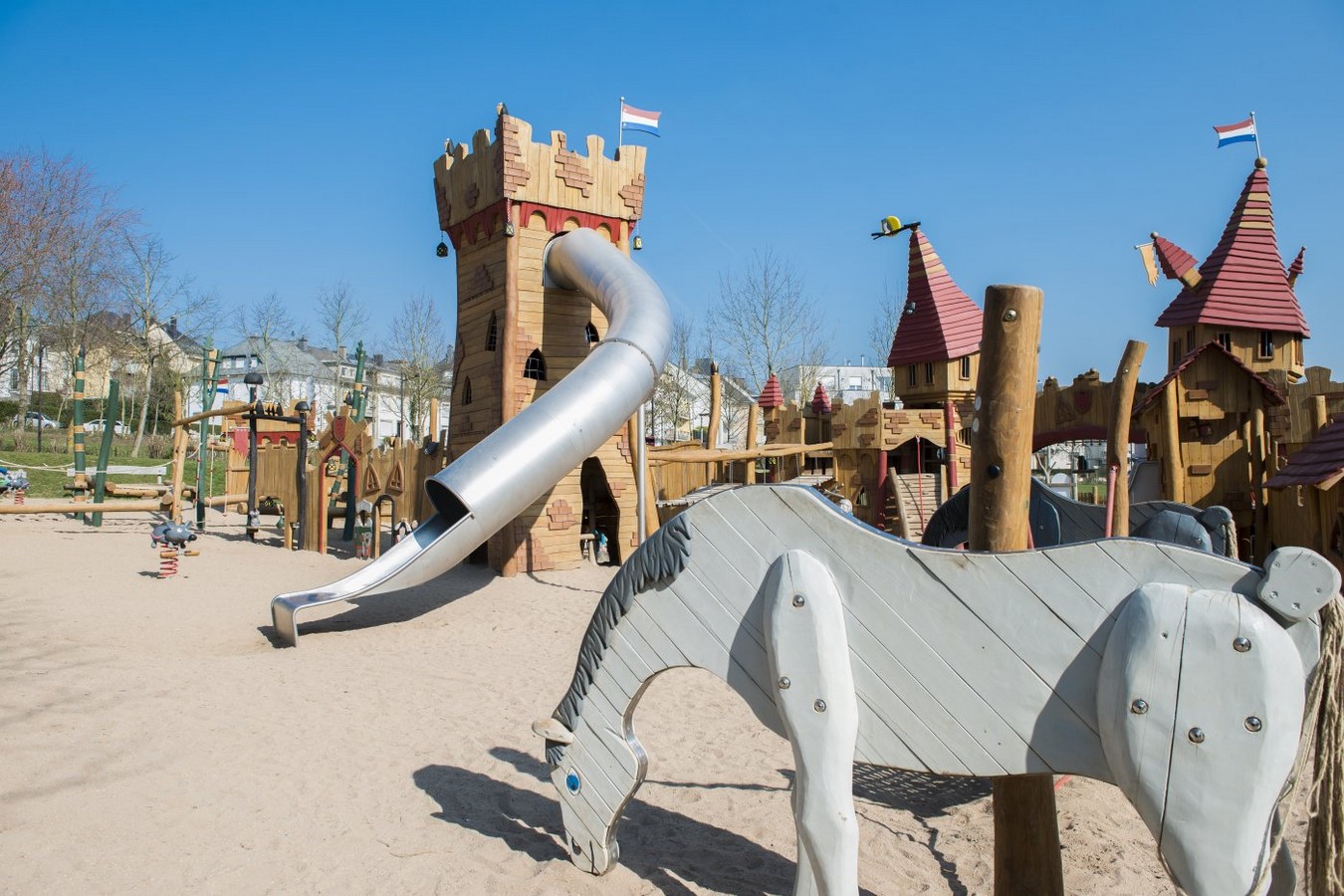
A notable example of children’s participation in urban design comes from Bologna, Italy. In 1994, over 300 children from various schools, along with educators, planners, and administrators, gathered to discuss urban issues. Through participatory design projects supported by WWF Italy, they identified problems and needs in their cities. The result, known as “The Children’s Manifesto,” provided valuable insights into children’s expectations, including:
Interacting with Nature: Children desire opportunities to play, climb, build huts, observe, and connect with the natural world in cities.
Varied Experiences: They want diverse experiences, from sleeping outdoors to exploring unique urban landscapes like kites between buildings and bridges between windows.
More Sports and Culture: Children desire increased access to sports facilities and children’s theaters.
Cycling Areas: Safe spaces for cycling are essential for active play and transportation.
Being Heard: Children aspire to have a voice in decision-making processes, even though the establishment of children’s councils.
Quiet and Aesthetic Environments: They appreciate quiet, colorful, and beautiful schools and secure traffic environments.
Abundant Greenery: Children value lush green spaces, including fruit trees they can interact with.
These expectations provide crucial guidance for designing outdoor play spaces that align with children’s desires and needs.
Seven Realms for Children’s Participation in Urban Design
To facilitate children’s participation in urban design, Francis and Lorenzo (2002) identified seven realms:
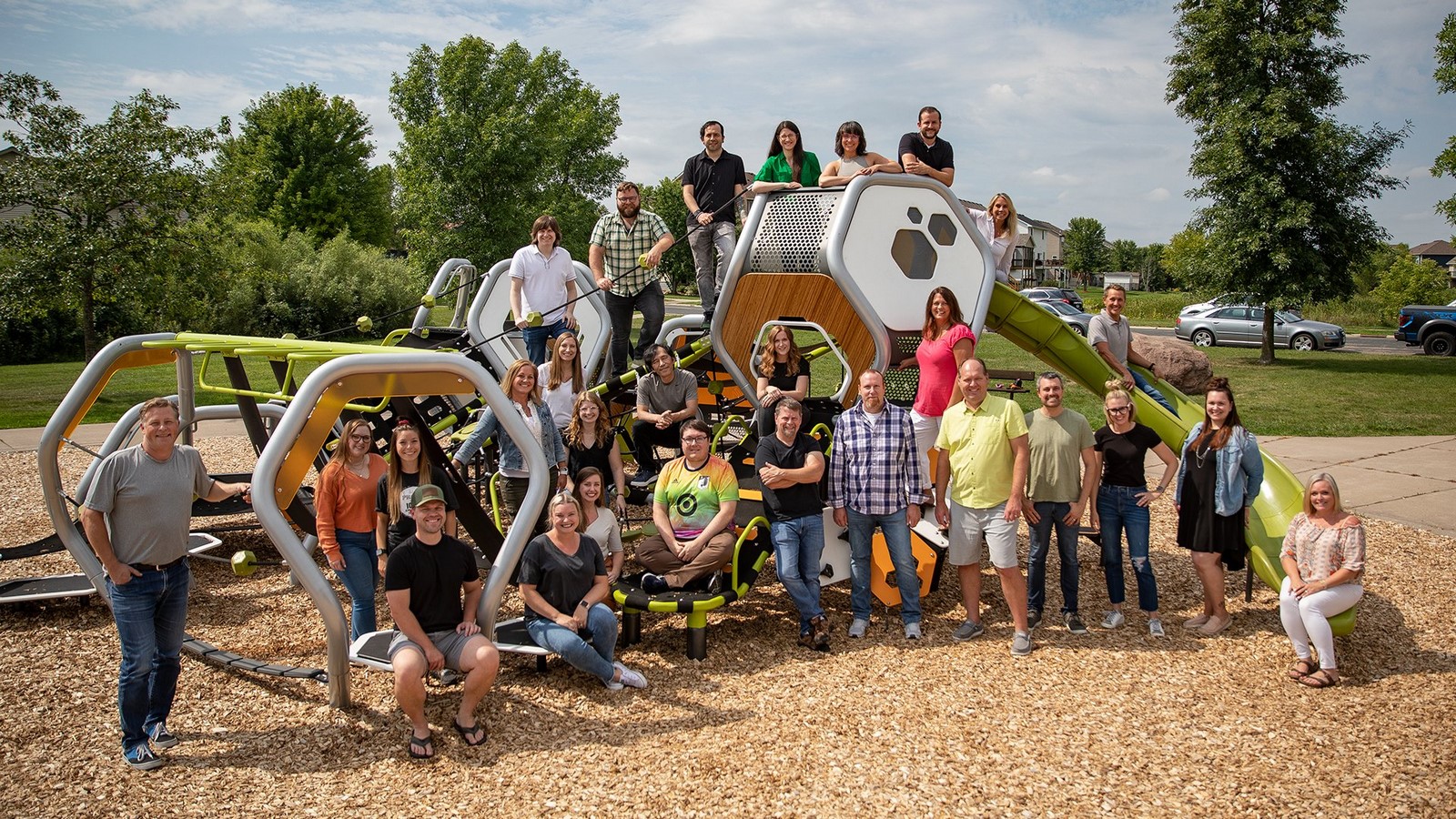
Romantic: Engaging children’s imagination and creativity through design.
Advocacy: Empowering children to advocate for their needs and preferences.
Needs: Identifying and addressing children’s essential requirements in urban spaces.
Learning: Creating opportunities for children to learn about their environment and engage in hands-on experiences.
Rights: Acknowledging children’s rights to participate in decisions that affect them.
Institutionalization: Integrating children’s input into the institutional framework of urban planning.
Proactive: Adopting a proactive approach that values the contributions of children, adults, designers, planners, and decision-makers.
This multifaceted perspective on children’s participation underscores the importance of collaboration and inclusion in urban design processes.
A Proactive Approach to Child-Centred Urban Design
In recent years, a proactive approach has emerged in the re-planning of cities to better meet children’s needs. This approach emphasizes listening and learning from children, adults, professional designers, and decision-makers. It seeks to reconcile differences in opinions between children and adults through negotiation. Key values such as equality, justice, and sustainability underpin the design process.
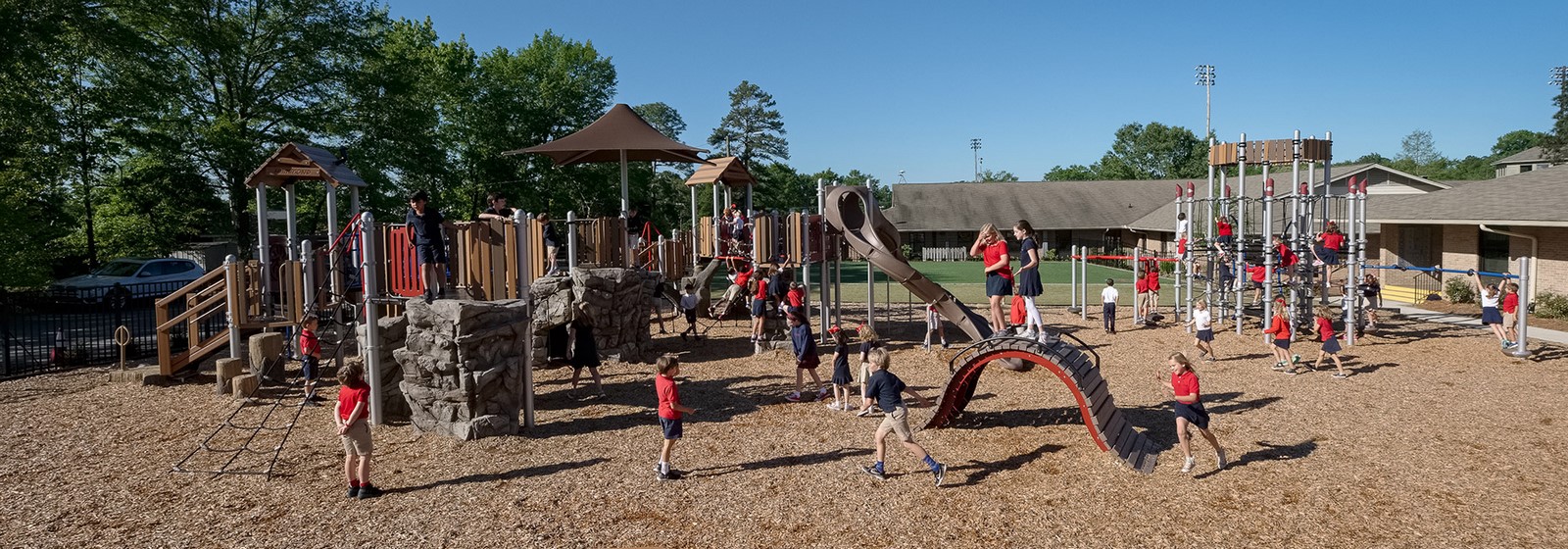
The proactive approach also leverages social science methods, encouraging adults to reflect on their own childhood experiences and share them. Digital media and the internet play a pivotal role in enabling interactive communication. This approach promotes collaboration across age groups and envisions the creation of liveable, ecologically sustainable, and child-and-adult-friendly cities. In this process, children actively participate in the design of play areas, ensuring their unique perspectives are considered.
Examples of Child-Centered Design
Examining examples from around the world provides valuable insights into diverse perspectives and approaches to designing children’s play spaces. Let’s explore some notable international examples.
Rotterdam, Netherlands
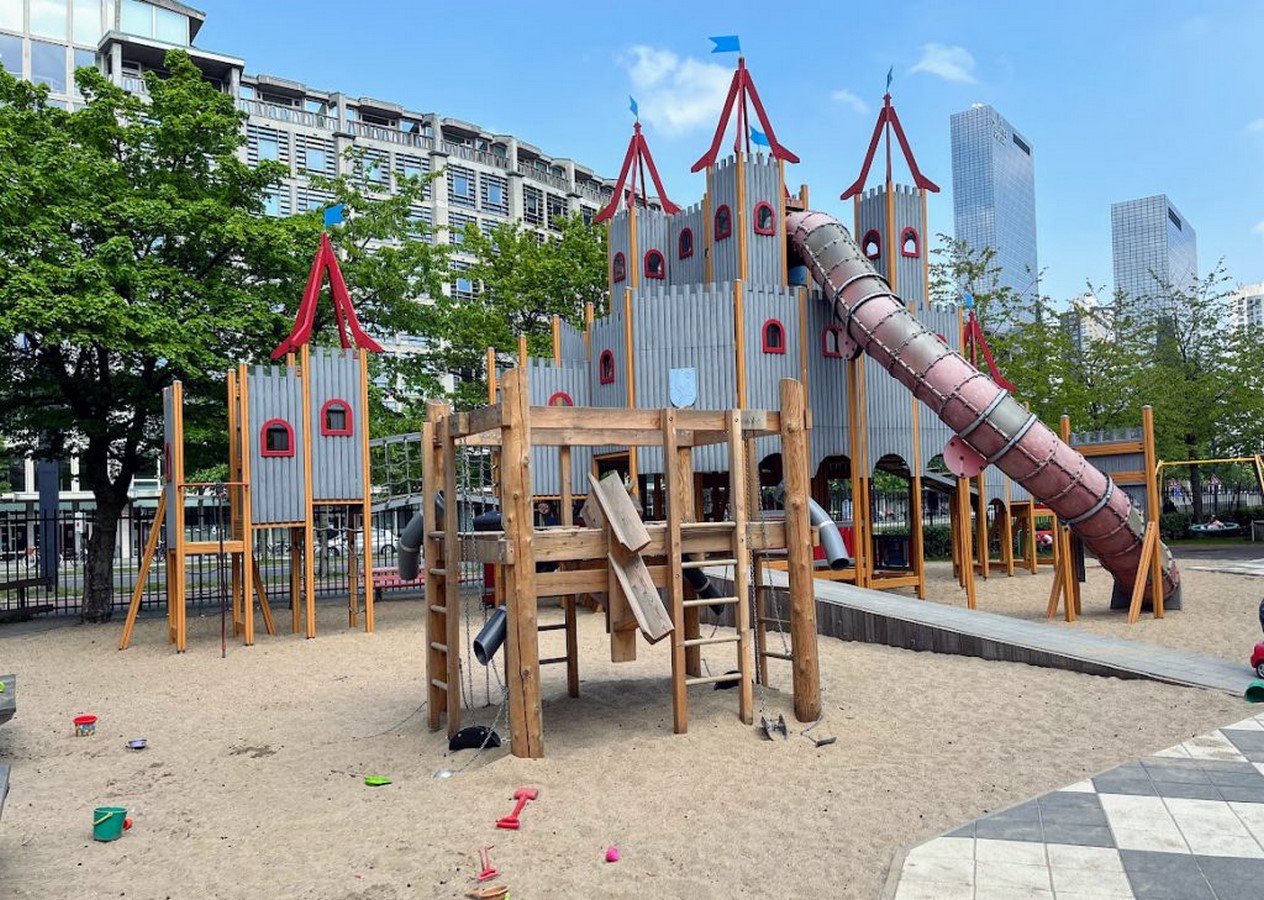
In Rotterdam, a play space defines its boundaries with colorful ground markings. Although relatively small and entirely artificial, this space accommodates multiple activities, showcasing the importance of creative design.
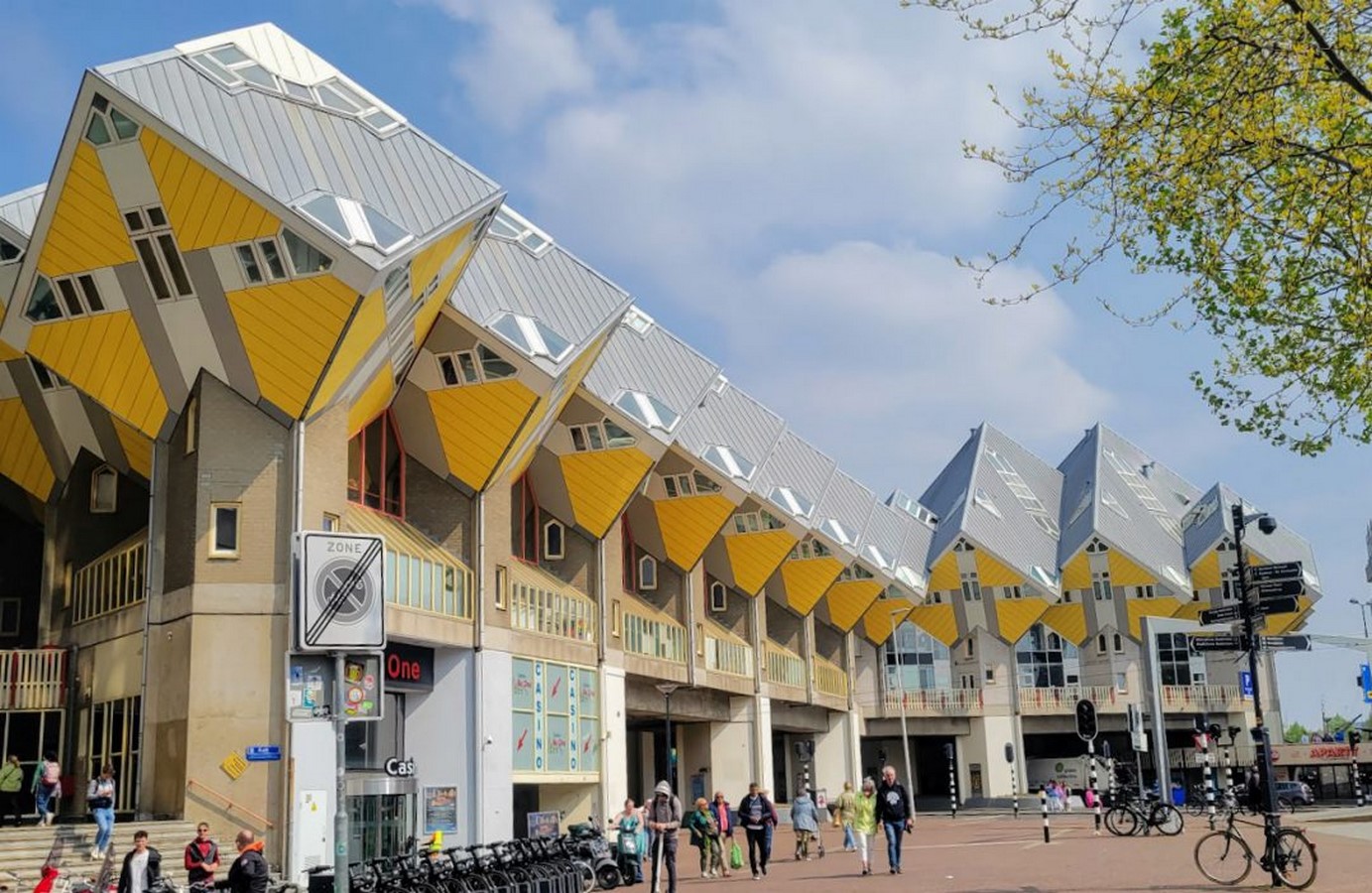
Brussels, Belgium
Situated in a woodland area, this play space incorporates ramp play equipment for disabled accessibility. It offers a genuine connection with nature, providing a serene environment for children to enjoy.
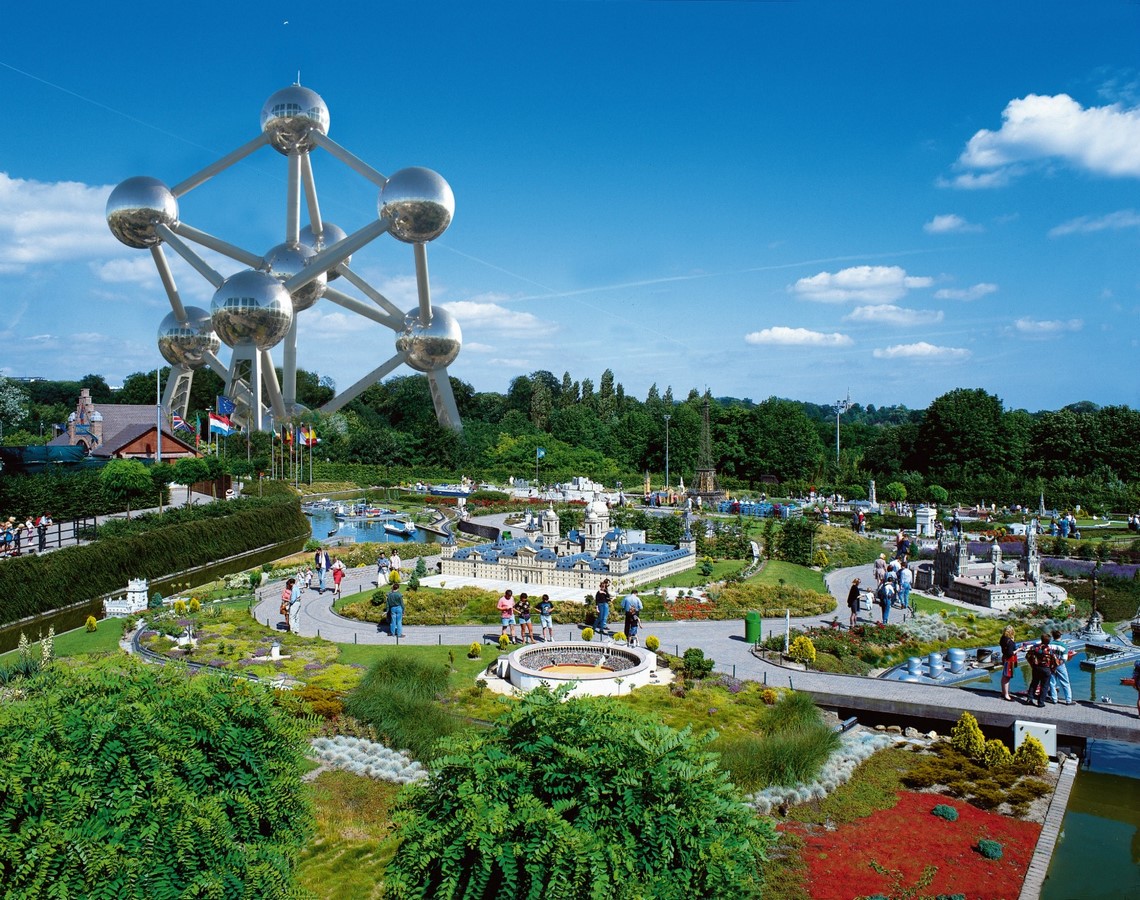
Luxembourg, Luxembourg
A ship-themed play element serves as a centre piece in Luxembourg‘s play space. Timber materials blend harmoniously with the wooded surroundings. Water-related features, towers of varying heights, and animal figures contribute to a dynamic play environment.
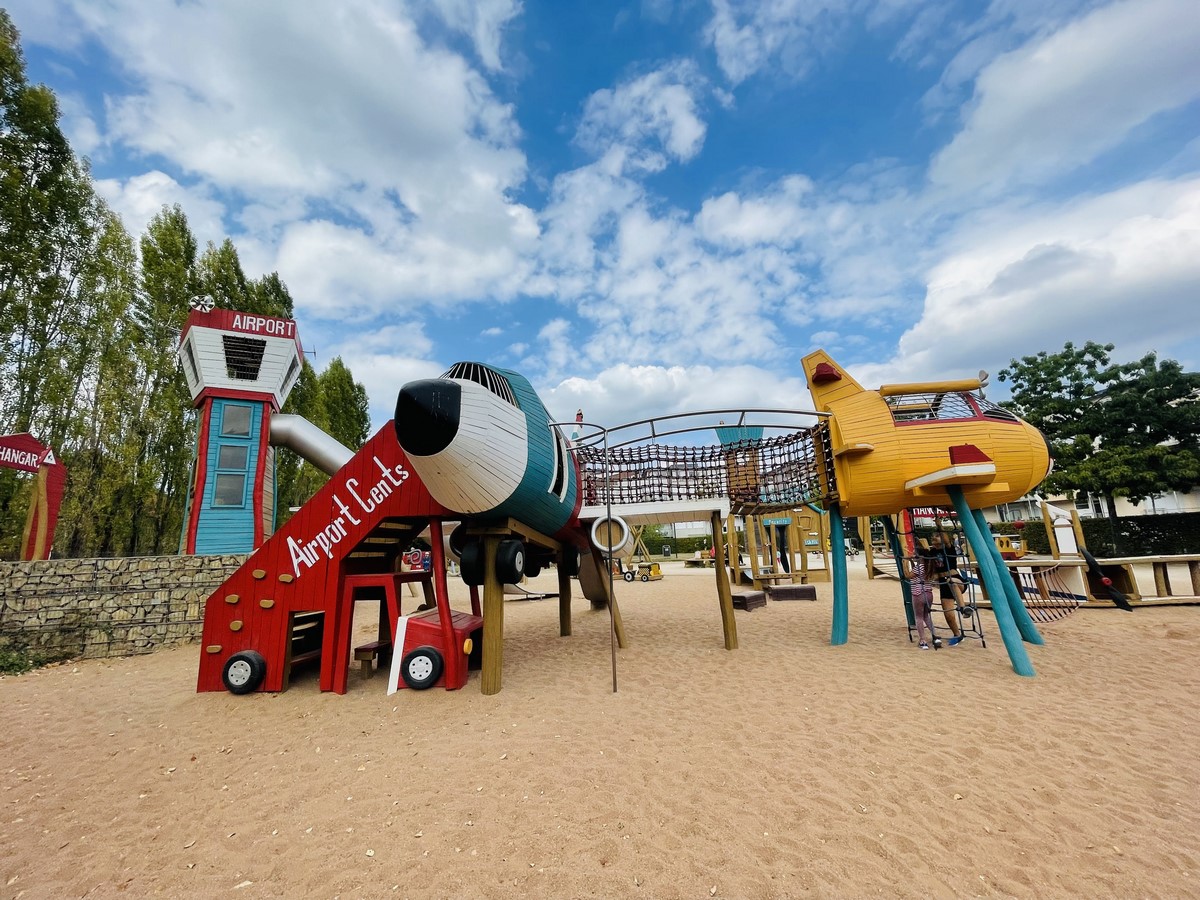
Conclusion
In a nutshell, designing outdoor play areas for children is a multifaceted process that has a big impact on their growth and well-being.
Global examples showcase the diverse approaches to child-centered design. By embracing these principles and fostering child-friendly cities, we create environments that not only cater to children’s needs but also promote sustainable, inclusive, and thriving communities for generations to come.
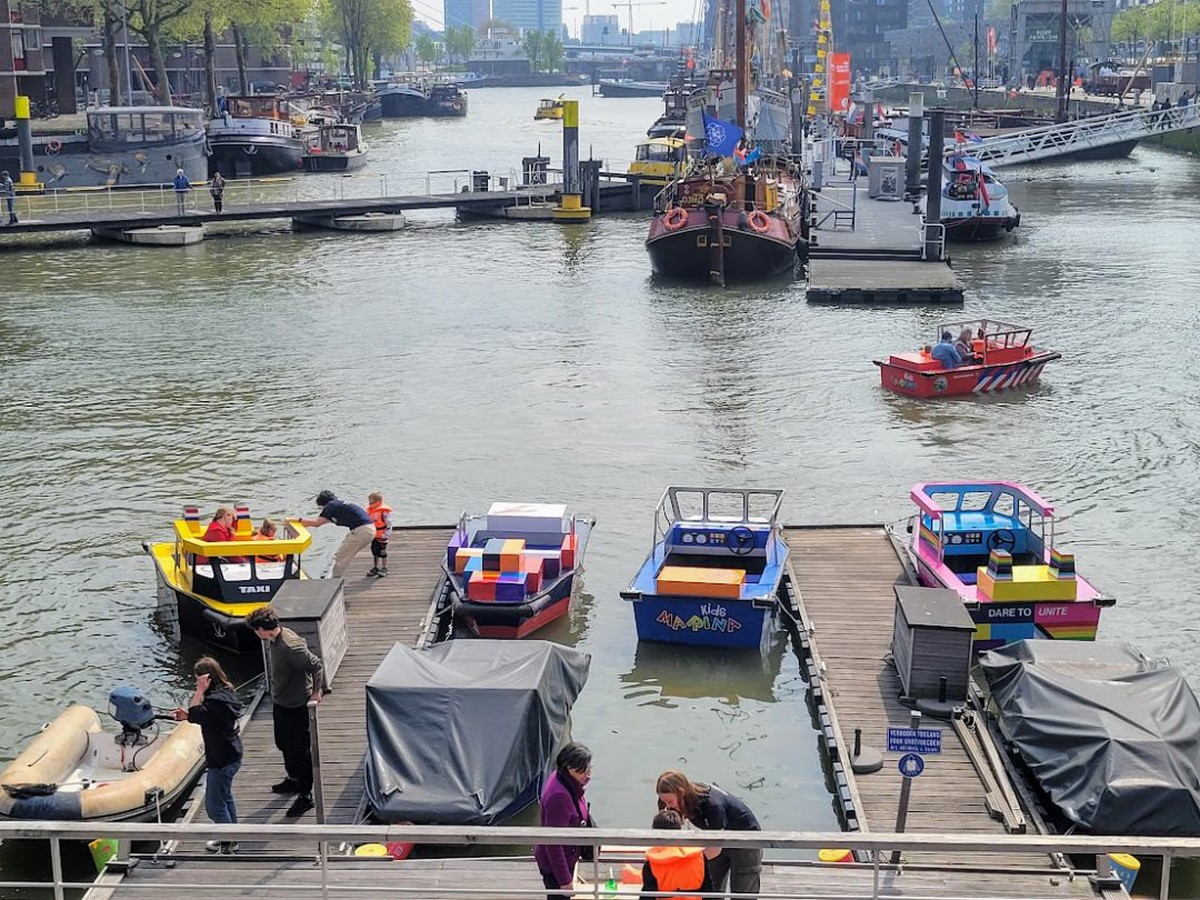
References:
- Murat Özyavuz (2016). Advances in landscape architecture. Rijeka, Croatia: Intech.
- (Development Landscape Child and A Design Guide for Early Years–Kindergarten Play-Learning Environments Second Edition 2013 2 TDSB and Evergreen Acknowledgements, 2013)
- (Development Landscape Child and A Design Guide for Early Years–Kindergarten Play-Learning Environments Second Edition 2013 2 TDSB and Evergreen Acknowledgements, 2013)
- Gill, T. (2014). The Benefits of Children’s Engagement with Nature: A Systematic Literature Review. Children, Youth and Environments, 24(2), p.10. doi:https://doi.org/10.7721/chilyoutenvi.24.2.0010.
- www.arup.com. (n.d.). Cities Alive: Designing for urban childhoods. [online] Available at: https://www.arup.com/perspectives/cities-alive-urban-childhood.
- Spence, C. (2020). Senses of Place: Architectural Design for the Multisensory Mind. Cognitive Research: Principles and Implications, 5(1). doi:https://doi.org/10.1186/s41235-020-00243-4.























